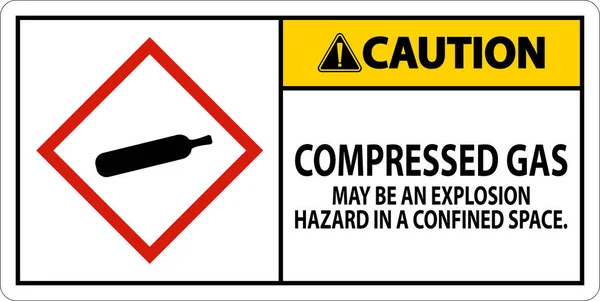LEAD ACID - ROUTES AND
METHODS OF ENTRY
LEAD ACID - ROUTES AND METHODS OF ENTRY
Inhalation
Acid mist generated during battery formation may cause respiratory irritation. Spillage of acid from batteries in confined areas may also lead to exposure to sulfuric acid mist.
Skin Contact
Battery electrolyte (acid) may cause irritative contact dermatitis.
Skin Absorption
Skin absorption is not a significant route of entry.
Eye Contact
Battery electrolyte (acid) will irritate the eyes upon contact.
Ingestion
Hands contaminated by contact with internal components of a
battery can cause ingestion of lead/lead compounds.
Hands should be washed prior to eating, drinking, or
smoking.
SIGNS AND SYMPTOMS OF OVEREXPOSURE
Acute Effects
Acute effects of overexposure to lead compounds are GI (gastrointestinal) upset, loss of appetite, diarrhea, constipation with cramping, difficulty in sleeping, and fatigue. Exposure and/or contact with battery electrolyte (acid) may lead to acute irritation of the skin, corneal damage of the eyes, and irritation of the mucous membranes of the eyes and upper respiratory system, including lungs.
Chronic Effects
Lead and its compounds may cause chronic anemia, damage to the kidneys and nervous system. Lead may also cause reproductive system damage and can affect developing fetuses in pregnant women. Battery electrolyte (acid) may lead to scarring of the cornea, chronic bronchitis, as well as erosion of tooth enamel in mouth breathers in repeated exposures.
Safety Warning Signs for Workplace Awareness







